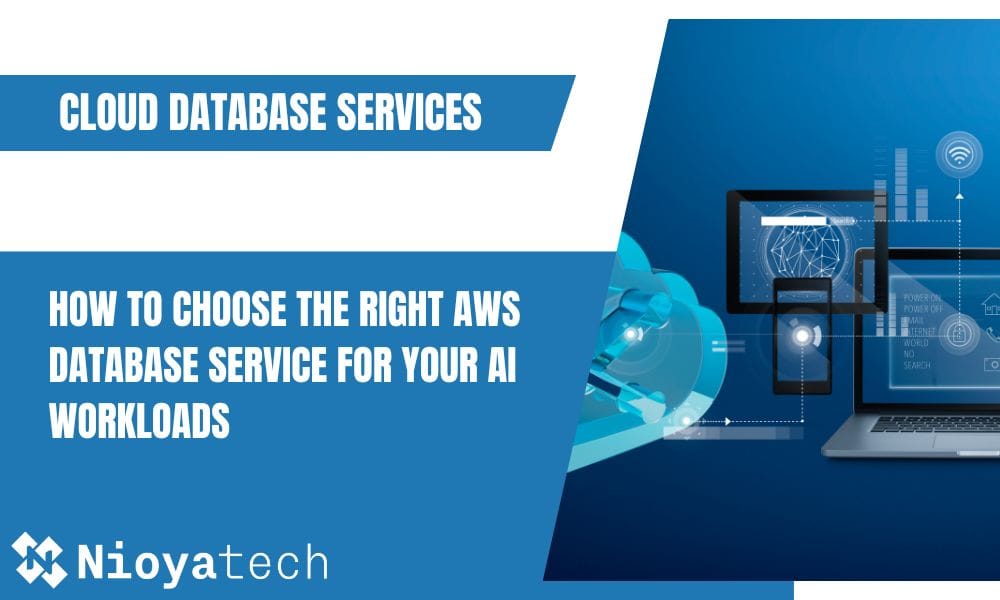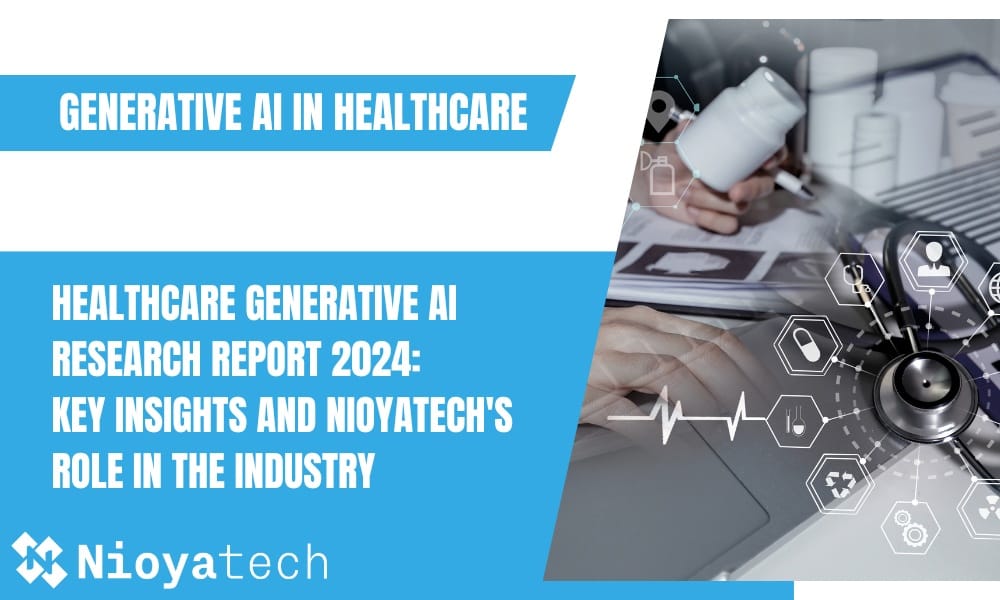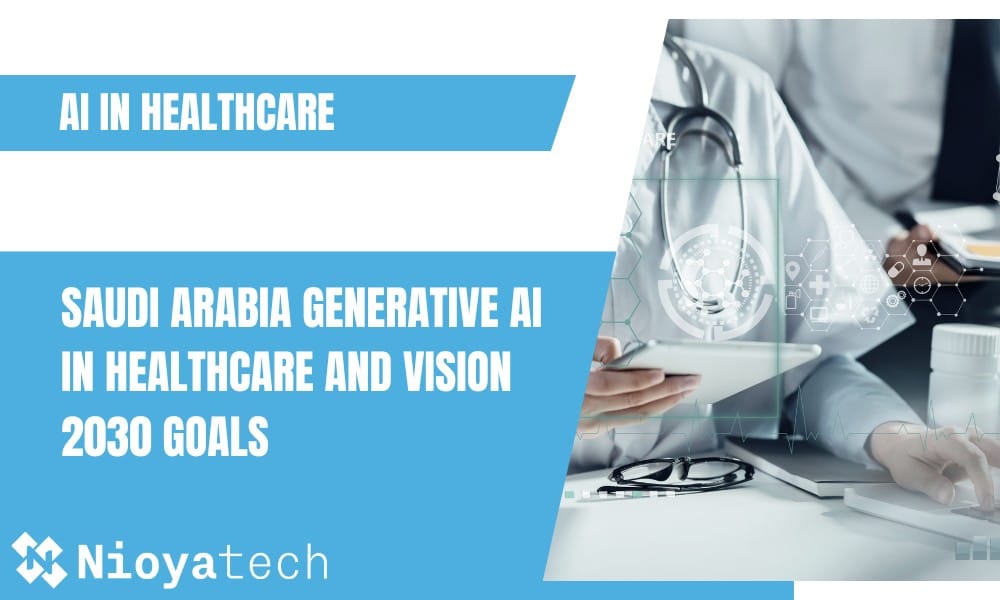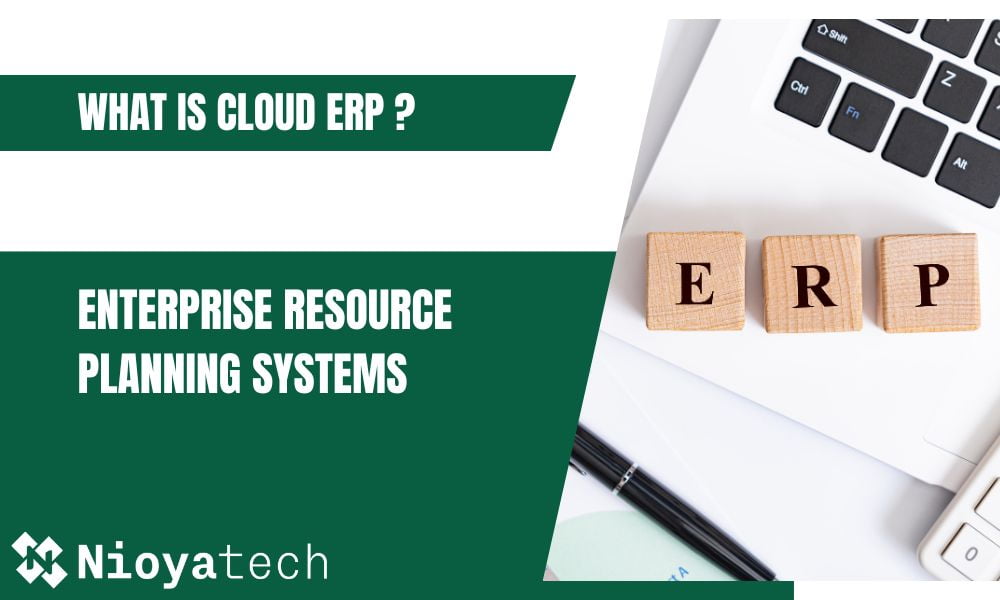“What’s your stack?” This question is frequently asked of software developers. The answer to this question specifies the stack path used by the developer. For instance, JavaScript and JSON are the technologies used when developing the frontend, backend, and database that form the architecture of a web application.
What is the Stack Programming?
Developing web applications is complex and needs integration among many different software and hardware tools and techs. When we talk about stacks in software development, we mean some technologies in a flow being used for full-stack development faster and easier, as the name suggests. Though there are various types, basically four different tech flows (stacks in this case) are being used mostly:
MEAN (MongoDB, ExpressJs, Angular.js, Node.js),
LAMP (Linux, Apache, MySQL, PHP),
MERN (MongoDB, ExpressJs, React, Node.js),
MEVN (MongoDB, ExpressJs, Vue.js, Node.js),
Each acronym comes up from the capitals of specific technologies for frontend, backend, and database. Except for LAMP, database technologies are MongoDB in each of them. MySQL is the database technology of LAMP. Others in LAMP are Linux, Apache, and PHP.
Many software and hardware tools are used while developing a web application. Web application development is provided by building objects consisting of separate data packages on top of each other. This structure is used to store a collection of objects made up of separate data packets built on top of each other.
What is the MERN Stack?
MERN Stack is one of the most commonly used technology stacks for building high-quality web applications. It is based on Javascript and consists of the key technologies that contain the environmental components required to develop applications.
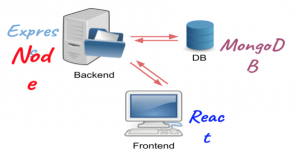
MERN Stack is also the solution for creating and delivering high-quality and robust applications faster and easier. MERN represents MongoDB, Express, React, Node, and these four key technologies that make up the stack.
Let’s have a quick look at the four key technologies that make up our MERN Stack.
MongoDB
MongoDB is a simple, fast, and document-oriented (JSON-like documents) database runs on cross-platform. Known as a NoSQL database, MongoDB doesn’t use tables, and it uses documents like JSON with optional schemas and structure.
https://www.mongodb.com/
Express.Js
Express.Js is a flexible backend framework for Node.js. It is minimized for fast and high-performance applications.
https://expressjs.com/
React.Js
React.Js is a JavaScript library that runs on the client-side for building user interfaces based on components. It is also the most common JavaScript library for building UI and UX components.
https://reactjs.org/
Node.Js
Node.Js is an open-source event-driven JavaScript runtime for cross-platforms. It runs asynchronously on the server-side and executes JS code outside of web browsers.
https://nodejs.org/en/
The MERN Stack architecture allows you to easily develop projects for the front-end, back-end, and database part of a web application using JavaScript and JSON.
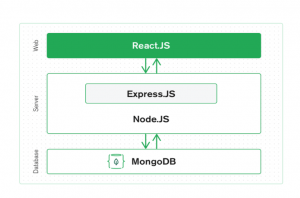
Conclusion
The speed of change of technology is dizzying. But, the change shortens some of the technologies’ lifespan. Therefore, technology stacks play a crucial role in project development. For this reason, it is vital to select these stacks in a way that will benefit our projects in the long term.
It takes a long time to build and develop a demanded quality application. Therefore, the stage of determining the stack to be chosen for its construction is critical. Moreover, it is essential in order not to cause both time and cost loss.
Whatever technology stack you choose for your application, you should invest in how your project will be used for real-time solutions.

